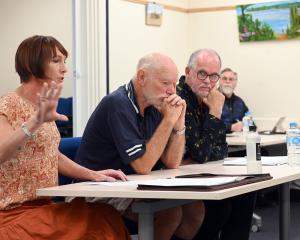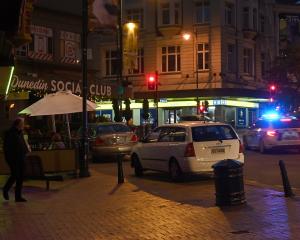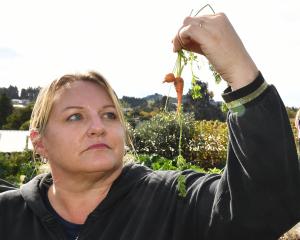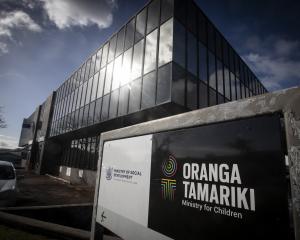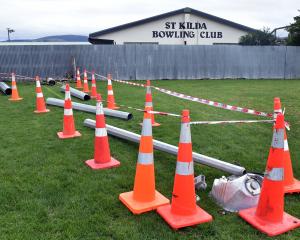The expansion of Outram has run into opposition from neighbours upset at developers' ambitions for two new subdivisions in the village.
Their arguments have also won support from a Dunedin city councillor and the Otago Regional Council, which has voiced concerns about new homes in the area.
The reaction comes after developers behind two separate subdivisions in Outram applied to the Dunedin City Council to change the Dunedin district plan to allow their projects to proceed.
Both wanted rural land rezoned for residential use, together allowing up to 52 new homes to be built.
Some neighbours worried that would spell the end of their rural tranquillity in Outram, which had a permanent population of just 682 people - spread across 249 homes - at the 2006 census.
Under Two Note Ltd's plans, 7.7ha of rural land on Formby St would be rezoned to allow 28 houses to be built, while Balmoral Developments (Outram) Ltd and an adjoining landowner wanted to build 24 homes on 6.7ha of rural land beside State Highway 87, Holyhead Rd and Mountfort St.
The proposals were yet to be considered by a council hearings committee, but submissions received to date spelled out neighbours' concerns.
Two Note's plans had attracted 28 submissions, 23 of them opposed, including a group submission by nine worried residents.
Angela and Sacha Anderson, of 43 Formby St, worked in Dunedin but were happy to commute "with the knowledge that we are returning at the end of the day to our lovely quiet home".
They worried the extra traffic congestion and safety risks that came with the new homes would spell the end of their peace and quiet.
"We do not want Outram to become congested, lose its rural atmosphere, and end up like Mosgiel."
Neighbours worried about water quality, and their views were backed in a submission by Otago Regional Council policy and resource planning director Fraser McRae.
He cited concerns the subdivision would increase stormwater volumes, and could cause water quality in the area to drop.
The proposed subdivision site might also be contaminated, having previously been used as a landfill and market garden, meaning the city council should investigate its suitability for residential housing first, he warned.
Brian Miller was among those to worry about a loss of high-class Pomahaka soil, while Cr Teresa Stevenson - in a submission - was worried approval could set a precedent that encouraged further subdivisions on productive farmland.
However, David Cottle, of 3 Skerries St, argued the development would bring more people and "numerous benefits" to Outram, providing a boost to local shops, businesses, school and sports clubs.
Mr McRae said the ORC also opposed Balmoral Developments (Outram) Ltd's subdivision plans, citing issues including water quality concerns and seismic risks that made it "unsuitable for development".
The subdivision would be near the North Taieri Fault, and the site's underlying soil composition meant it was "possibly susceptible" to liquefaction and settlement in an earthquake, he warned.
The company's plans attracted a further 15 submissions - 10 opposed, three neutral and just two in support - and neighbours were worried about stormwater runoff, flooding, traffic congestion and pressure on existing infrastructure.
The New Zealand Historic Places Trust did not object to the plans, which included preservation of the historic Balmoral homestead, built in 1857, and its outbuildings.
Companies Office records showed Balmoral Developments (Outram) Ltd was headed by directors Cathrine and Neville Ferguson, of Omarama, who own about 6.3ha of the site, while the remainder of the land was owned by Roger and Michelle Capil.
Gordon Mockford, of Christchurch, was listed as the sole director and shareholder of Two Note Ltd, and was understood to have family links to Outram.




